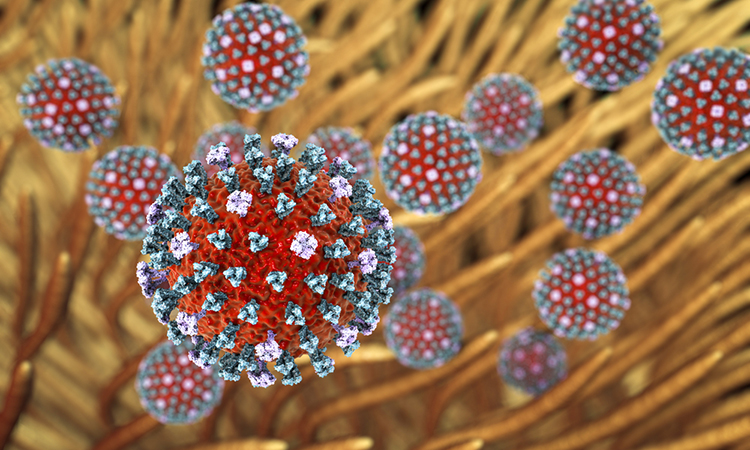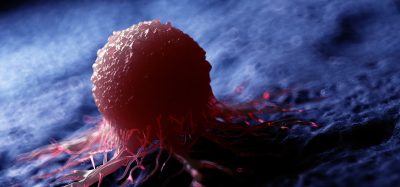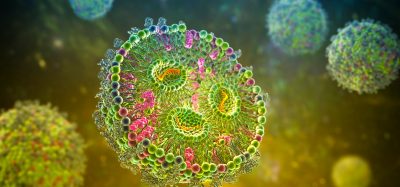New insights into influenza A’s infiltration of host cells
Posted: 28 June 2023 | Izzy Wood (Drug Target Review) | No comments yet
US researchers have made a significant breakthrough in understanding how the influenza A virus takes over host cells while minimising damage to itself. By studying the protein PA-X, they found that the virus uses a surgical strike approach, selectively degrading host cell RNA while preserving its own replication, shedding light on the persistent threat of influenza A.


Influenza A, one of the primary viruses behind annual flu seasons and occasional deadly pandemics, has long posed a significant threat to humans and animals alike. Scientists have been striving to unravel the mechanisms of this virus, and now a team of researchers at the University of Wisconsin–Madison, US, havr made a breakthrough in understanding how one of the virus’s key proteins operates, uncovering a surprising finding that challenges previous assumptions. The discovery sheds light on how influenza A infiltrates host cells more strategically rather than through brute force.
The focal point of the study is a protein called PA-X, which disrupts host cells by degrading their RNA—the genetic material necessary for protein production and defence against invading viruses. PA-X initiates thousands of cuts in the RNA of host cells, rendering their genetic instructions incoherent. However, for the virus to effectively infiltrate host cells while preserving its own RNA, a delicate balance must be maintained.
Marta Gaglia, Associate Professor of Medical Microbiology and Immunology at UW–Madison’s Institute for Molecular Virology, led the study. She explains that the virus orchestrates a surgical strike on host cells without compromising its replication. Using high-throughput sequencing and advanced statistical modeling, Gaglia and her team have made significant progress in understanding how PA-X degrades host cell RNA while minimising damage to the virus itself.
The researchers found that PA-X exhibits a strong preference for a specific sequence of RNA, which is abundant in the genetic material of humans and other animals infected by influenza A viruses but rarely present in the virus’s own RNA. Although PA-X occasionally affects non-target RNA sequences, it proves sufficiently effective in disrupting host cell functions. The findings, published in the journal Nature Microbiology, provide key insights into PA-X’s mechanism.
Additionally, the study suggests that the influenza A virus possesses a mechanism for differentiating between RNA sequences in its hosts’ genetic material and its own—a phenomenon known as self/non-self recognition, commonly observed in host immune responses but previously unacknowledged in viruses.
Gaglia highlights the significance of this discovery, noting, “It’s interesting to see the virus also has found a way to do that, flipping the script.”
While many aspects of PA-X’s precise function remain unknown, the researchers are now exploring whether their methods accurately capture the position and number of sites in the RNA sequences where PA-X initiates cuts. This ongoing work involves refining their statistical models in collaboration with Christopher Rycroft, a Mathematics Professor at UW–Madison.
Gaglia emphasises their intention to develop a robust program that enables other researchers to analyse their data effectively. She states, “We have collected some more datasets that we hope to use to refine the methods so we can make this a really robust program that other people can use to analyse their data as well.”
Another unresolved question concerning PA-X relates to its impact on the severity of influenza infections. Previous studies have indicated that influenza A strains with less active PA-X proteins tend to be associated with more severe symptoms. However, researchers have yet to identify specific genetic markers of the PA-X protein that can indicate its level of activity, which could potentially indicate the dangerousness of a particular strain.
Gaglia envisions an ideal scenario in which the sequence of a virus could be analysed to determine the activity level of its PA-X protein, providing valuable insights into the potential severity of the infection.
Related topics
Genetic Analysis, Proteogenomics, Proteomics, RNAs
Related conditions
Influenza A
Related organisations
University of Wisconsin-Madison
Related people
Marta Gaglia







